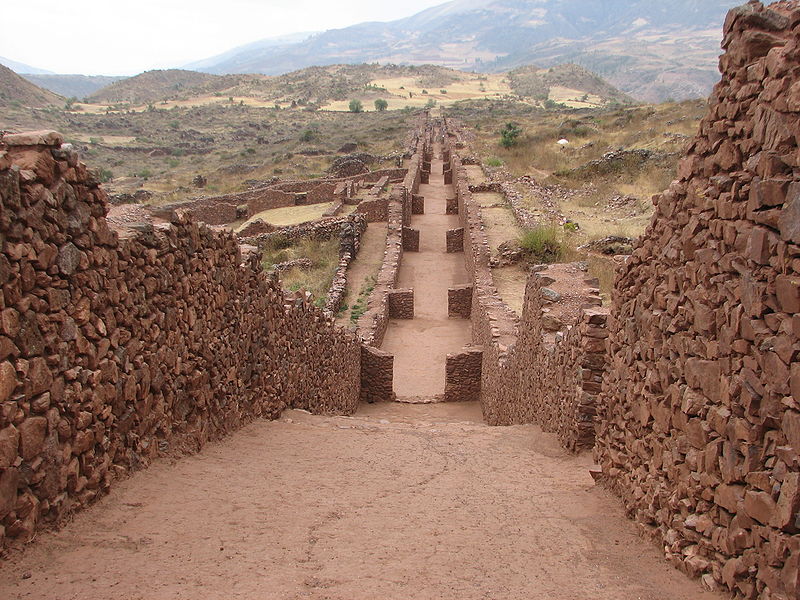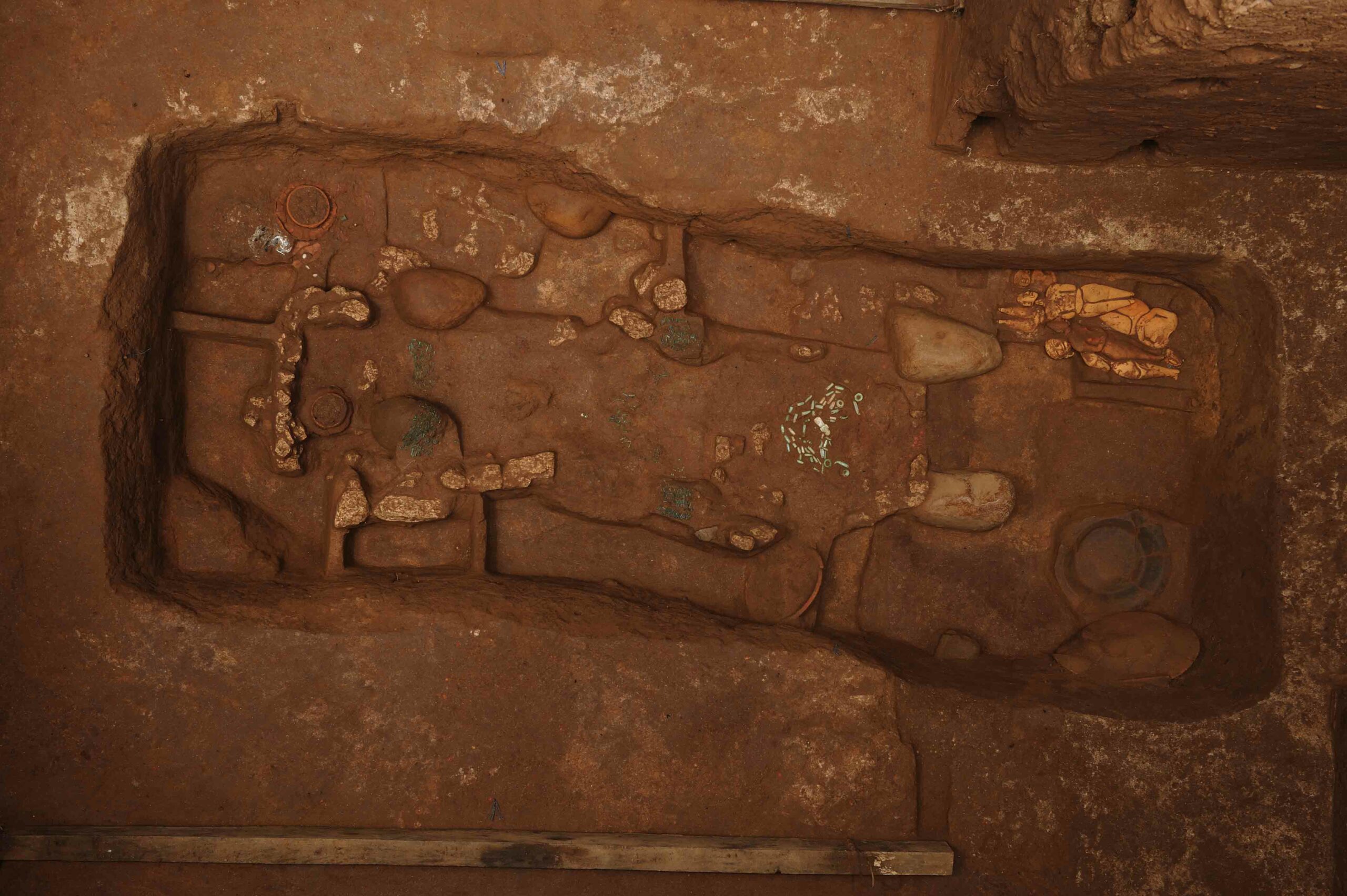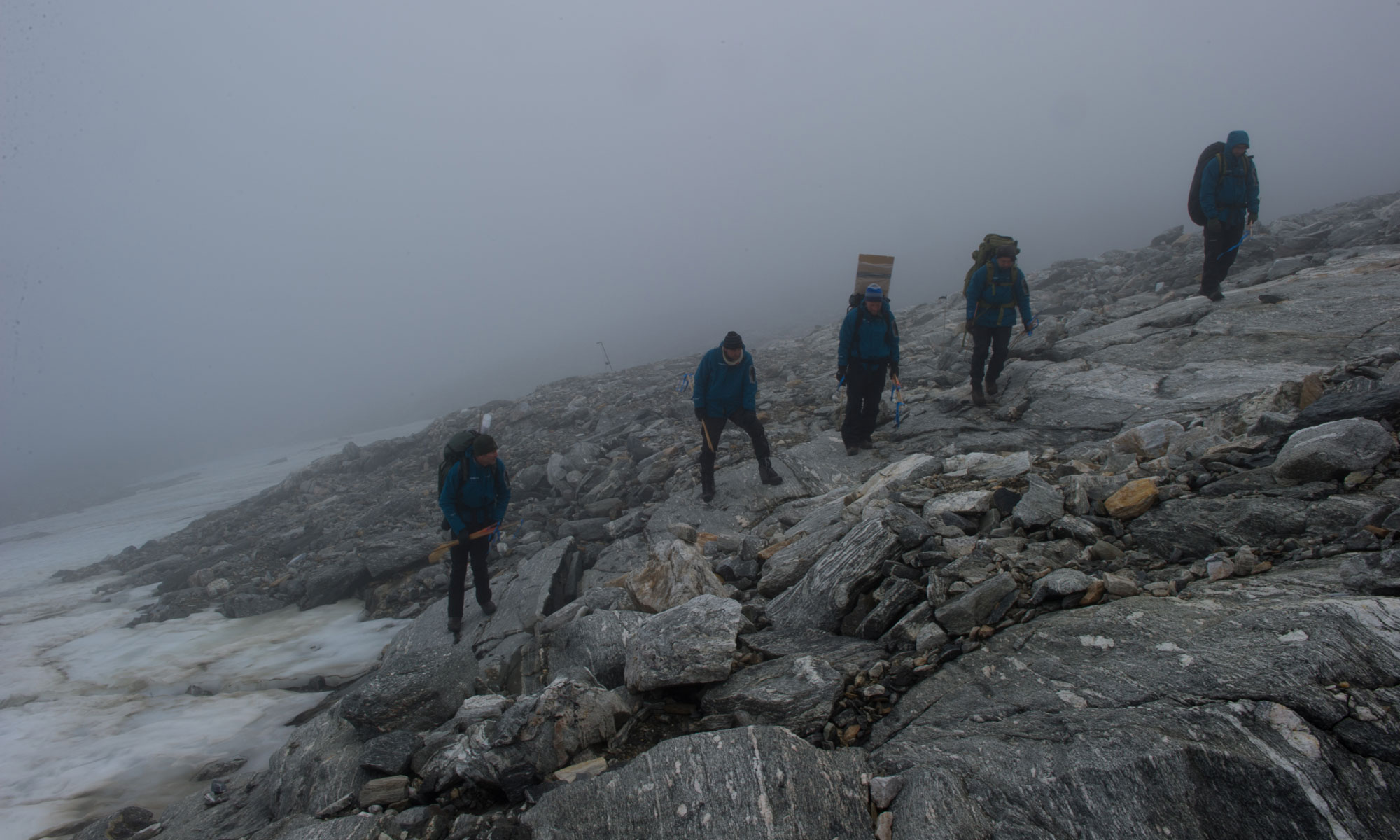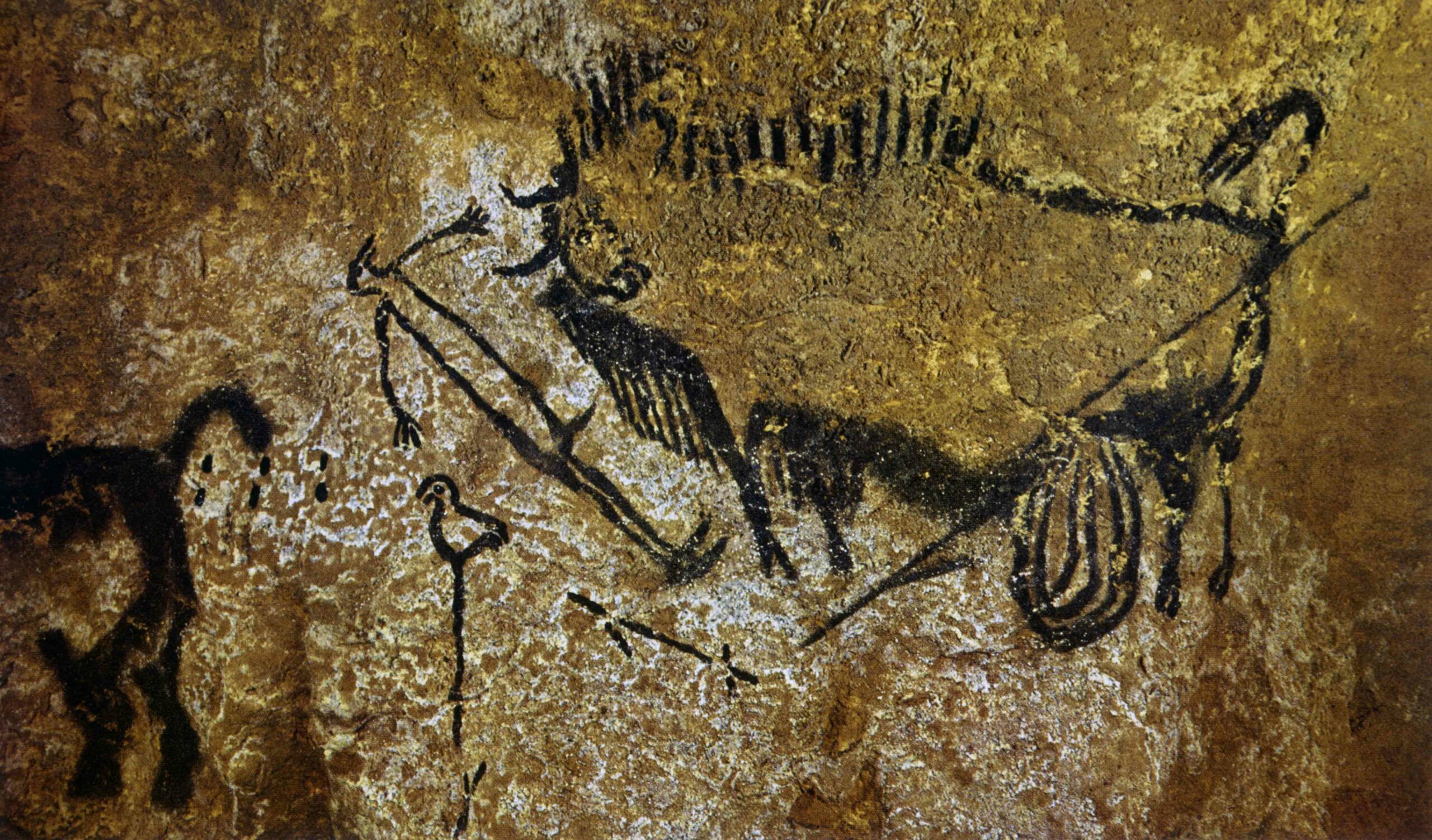
HANOVER, NEW HAMPSHIRE—Archaeological surveys and geographic mapping of more than 3,000 archaeological sites suggest that the Wari state expanded from the central city of Pikillacta through trade between semiautonomous colonies, rather than through centralized control, according to study leader R. Alan Covey of Dartmouth College. “The identification of limited Wari state power encourages a focus on colonization practices rather than an interpretation of strong provincial rule,” he said. The Wari, an ancestor culture to the Inca, ruled much of what is now Peru from A.D. 600 to 1000.










